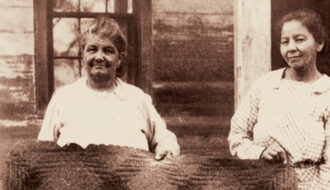
6.8 a.-b., 6.9 g.-h. Chitimacha Tribe of Louisiana
The Chitimacha Tribe is the only federally recognized tribe in Louisiana to still occupy part of its ancestral territory.

The Chitimacha Tribe is the only federally recognized tribe in Louisiana to still occupy part of its ancestral territory.
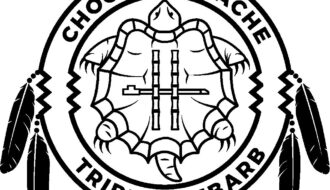
The Choctaw-Apache Tribe of Ebarb is Louisiana’s second-largest tribe, with more than seven thousand enrolled citizens.
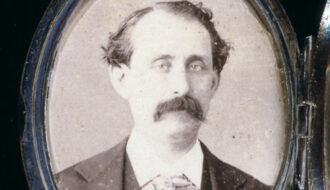
Louisiana has boasted a rich classical music traditional since early European exploration and settlement.
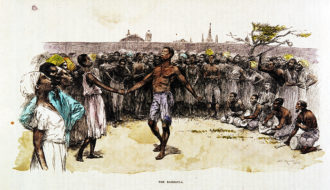
Congo Square, now Armstrong Park in New Orleans’s Tremé neighborhood, served as a gathering ground for Africans in the early years of the city.
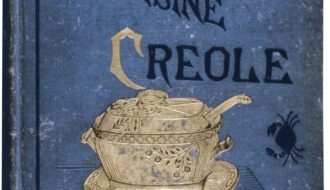
Beginning in the mid-nineteenth century, several Louisiana cookbooks collected the diverse cooking styles of Creole New Orleanians. Crescent City cookbooks continued to represent Louisiana throughout the next century.
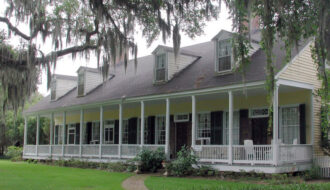
Andrew Jackson was entertained at Cottage Plantation while en route to Natchez after the Battle of New Orleans.
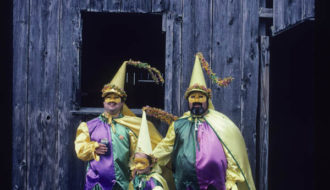
The courir de Mardi Gras is the rural celebration of Mardi Gras in Louisiana, usually held in Cajun communities
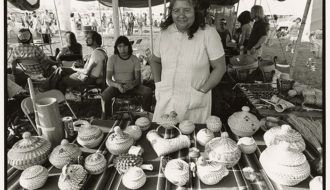
The skills of the Coushatta Tribe’s contemporary basket weavers have elevated this centuries-old utilitarian craft to a highly valued art form showcased in private and museum collections nationwide.

The Coushatta Tribe of Louisiana is the largest of four federally recognized tribal governments in Louisiana.

The Coushatta Tribe of Louisiana is the largest of four federally recognized tribal governments in Louisiana.
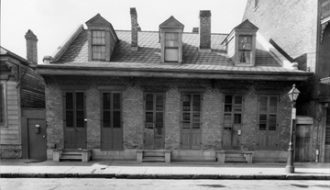
The French-designed Creole Cottage was a major urban house type in New Orleans during the early 1800s.

Creole cream cheese is a silky, slightly tart cheese used in sweet and savory dishes throughout Louisiana.
One-Year Subscription (4 issues) : $25.00
Two-Year Subscription (8 issues) : $40.00
